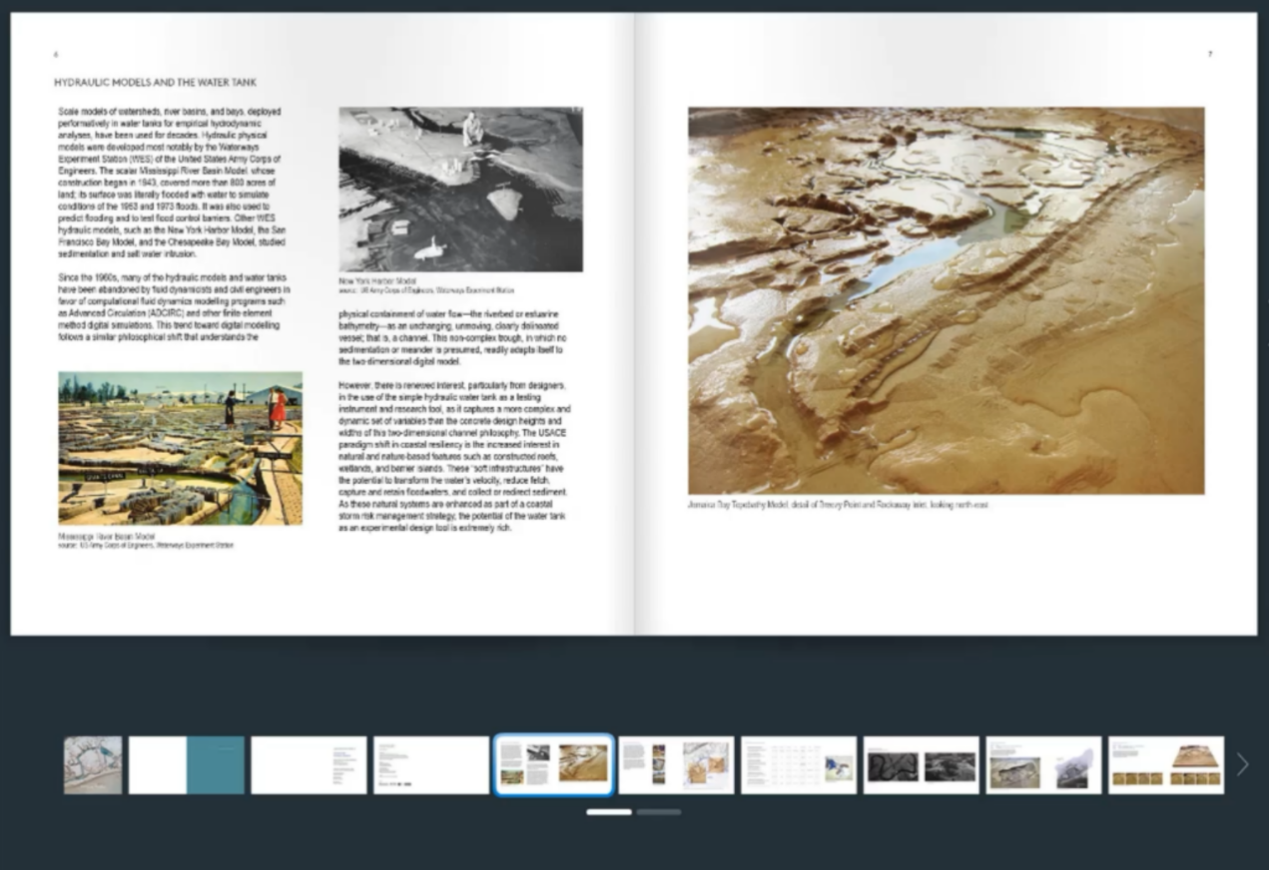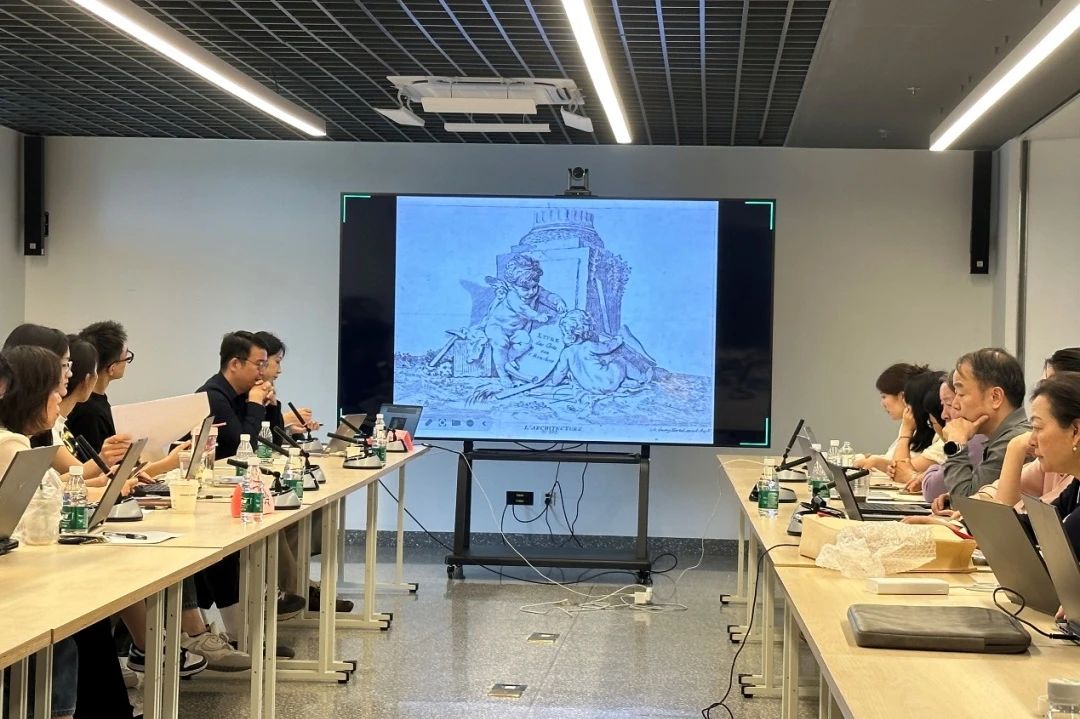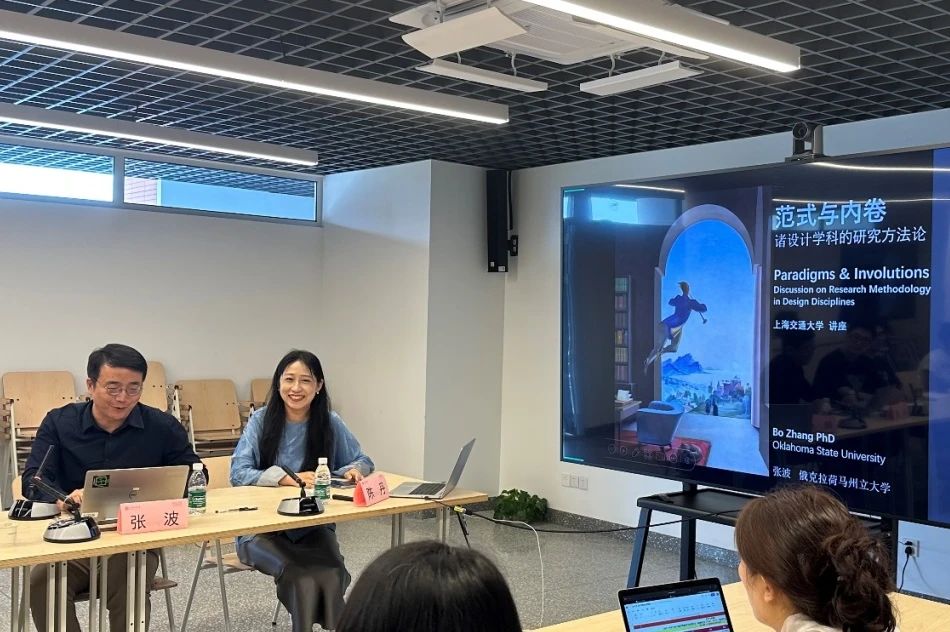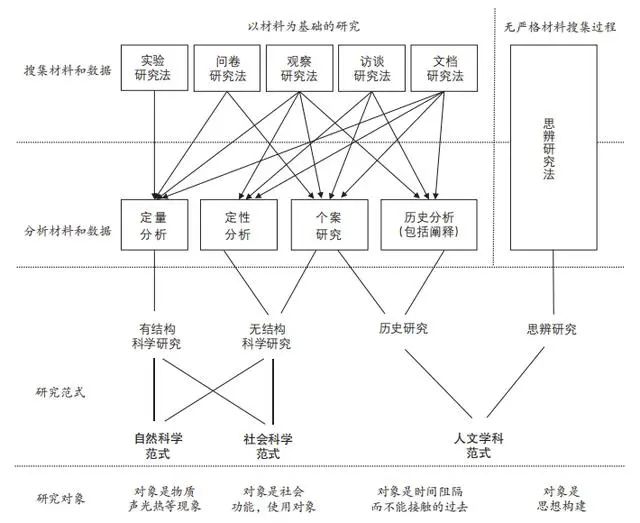Activity Review: Pathbreaking Lectures on Coastal Resilience and Design Methods Hosted by the School of Design’s Department of Landscape Architecture

On June 4, 2024, the 21st session of the Landscape Architecture Talk and the 75th session of the Design Lecture of SJTU were successfully held online and offline at Shanghai Jiao Tong University. The lecture was jointly organized by the School of Design at Shanghai Jiao Tong University and the Shanghai Society of Landscape Architecture. The lecture invited Catherine Seavitt, professor and chair of the Department of Landscape Architecture at the University of Pennsylvania’s Stuart Weitzman School of Design, Guy Nordenson, Academician of the American Academy of Engineering and Professor of Architecture and Structural Engineering at Princeton University, and Zhang Bo, tenured professor at Oklahoma State University and Vice President of Research for the Council of Educators in Landscape Architecture (CELA), to deliver two exciting presentations. This event was co-hosted by Professor Chen Ruishan, Vice Dean of the School of Design at Shanghai Jiao Tong University, and Associate Professor Chen Dan, Assistant Dean of the School of Design at Shanghai Jiao Tong University. At the first, Zhu Xiangming, the national engineering survey and design master and chairman of the Shanghai Society of Landscape Architecture, delivered a speech. More than 150 teachers and students from universities and industry participated together, including representatives from Tsinghua University, Peking University, Nanjing University, Wuhan University, and from the Shanghai Botanical Garden.
At the beginning of the meeting, Chairman Zhu warmly welcomed the presenting professors and emphasized that this forum serves as an important platform for cutting-edge theoretical exchange, discussion of contending viewpoints, and interdisciplinary thinking. He further introduced the importance of the coastal zone as a comprehensive concept, covering multiple aspects such as economic development, nature conservation, and human security. Chairman Zhu pointed out that coastal zones are facing numerous challenges, such as funding shortages, technological bottlenecks, and questions concerning policy implementation. He emphasized the importance of conducting discussions on coastal themes and his hope that this event will promote in-depth discussions in multiple disciplines such as landscape architecture, urban-rural planning, and architecture.
Subsequently, Catherine Seavitt and Guy Nordenson presented "Structures of Coastal Resilience", sharing their coastal planning strategies for Jamaica Bay in New York and collaborative methods to enhance bay resilience in response to climate change; Zhang Bo, on the other hand, deeply reflected on the knowledge of "paradigms" and the phenomenon of "involution" in design disciplines through the research methodology of "paradigms and involution". He explored how design disciplines conduct academic research, especially through ontology, paradigms, explored how to break through problems and advance research.




Professor Catherine Seavitt first introduced the changes in Jamaica Bay that includes parts of New York City and the western tip of Long Island, from the early 20th century to the present, and compared it with the Yangtze River estuary delta for analysis. She pointed out that unlike Shanghai, where land mass gradually expanded due to estuarine sedimentation, Jamaica Bay experienced ecological and biodiversity degradation as many wetlands gradually shrank and islands disappeared due to early shipping and commercial activities. These changes have greatly weakened the ecological resilience of Jamaica Bay in the face of extreme weather events such as hurricanes and tropical cyclones, making it a sensitive area in the context of climate change.


Comparison between Jamaica Bay and Yangtze River estuary delta
Subsequently, she discussed in detail the adaptive design plan of her team. They adopted soft infrastructure, including permeable dams and swamp plants, to promote sediment flow with tides and to form new wetlands by altering the terrain and creating waterways. This systematic design not only reduces the impact of tides and waves, but also improves water quality and supports biodiversity in coastal areas.





Adaptive Design Research and Solutions
In the process of discussing adaptive design, Professor Catherine Seavitt emphasized consideration of both social vulnerability (including for coastal communities) and environmental vulnerability (such as for wild animals like seabirds). She introduced three key strategies adopted in Jamaica Bay: flow and circulation, edge enhancement, and atoll terraces. These strategies aim to improve water flow, raise the height of the shore, and establish marshy terrain, thereby forming an eco-friendly coastline.
Finally, she discussed how to implement adaptive conservation measures at a larger watershed scale. In addition, her team will compile research results into datasets and booklets, share knowledge and experience, and collaborate with local communities and schools to jointly plant wetland plants, promoting diversified communication and cooperation.



Diversified Achievements: Teaching and Popular Science Education




In the second lecture, Professor Zhang Bo first pointed out that although the primary task of design disciplines such as architecture, urban and rural planning, and landscape architecture is to cultivate practical talents, the importance of academic research has gradually increased due to external mechanisms and is difficult to avoid. At present, academic research in the field of design is still in the stage of "expert collaboration", and there are still gaps that need to be spanned to in forge a systematic and complete system of knowledge.

Architecture (Read Architectural Illustrations), Johann Georg Hertel, François Boucher, 18th century
Furthermore, he elaborated on the reasons for the underdevelopment of research theory in the field of design from the perspectives of disciplinary objectives, cognitive mechanisms, and research activities. He mentioned in his book " Research Methods in Architecture, Urban Planning, and Landscape Architecture " that there are fundamental differences in the application of knowledge, abilities, and processes between design and research. This has led to confusion among graduate students and scholars engaging in research in the field of design because they lack understanding in methodology, ontology, and epistemology despite having familiarity with research methods.

Differences between Design and Research
Professor Zhang proposed three paradigms for seeking knowledge in the field of design, namely empirical knowledge, specialized knowledge, and empirical knowledge. He emphasized that research should shift away from designing content and methods and towards addressing all design related issues instead, and shift from intuitive empirical knowledge towards verifiable empirical knowledge. He said this should be done by comparing research themes, research questions, research perspectives, and researcher involvement, as well as comparing the material collection processes entailed.

Research Methodology Genealogy of Design Discipline
Research planning process and research execution process
In addition, Professor Zhang also acknowledged the problem of internalization in the current academic research that is confronting the design disciplines. By introducing four types of internalization, he pointed out that the manifestation of academic research internalization is clear problems, sufficient theories, smooth logic, sufficient data, and rigorous discourse. In this state, although research theories, data, and logical forms tend to become more refined, the enjoyment of the process often becomes trivial, the significance of research declines, and it plays a diminished role in deepening understanding. He pointed out several major hazards of the internalization of the design discipline, including a serious disconnect between research content and design activities, a superficial understanding of interests, a complete differentiation between design and theory, and a less firm identity among researchers.
Finally, Professor Zhang proposed a strategy to combat academic internalization. He believes that transcending internalization does not necessarily mean breaking existing paradigms, but rather pursuing the maximization of cognitive benefits accrued by crossing between the various types of internalization.

LA talk is a high-level academic forum jointly held by the School of Design of Shanghai Jiao Tong University and the Shanghai Society of Landscape Architecture. This lecture series invites leading scholars and designers in the landscape architecture domain to discuss academic research and frontiers in practice. This series of lectures is open to teachers and students of Shanghai Jiao Tong University, members of the Shanghai Society of Landscape Architecture and all audiences who are interested in landscape architecture. It aims to promote the exchange and collision of cutting-edge concepts of this discipline in China and internationally, and build a bridge for dialogue between masters and practitioners, jointly promoting the development of the landscape architecture discipline within universities, professional societies and industry.